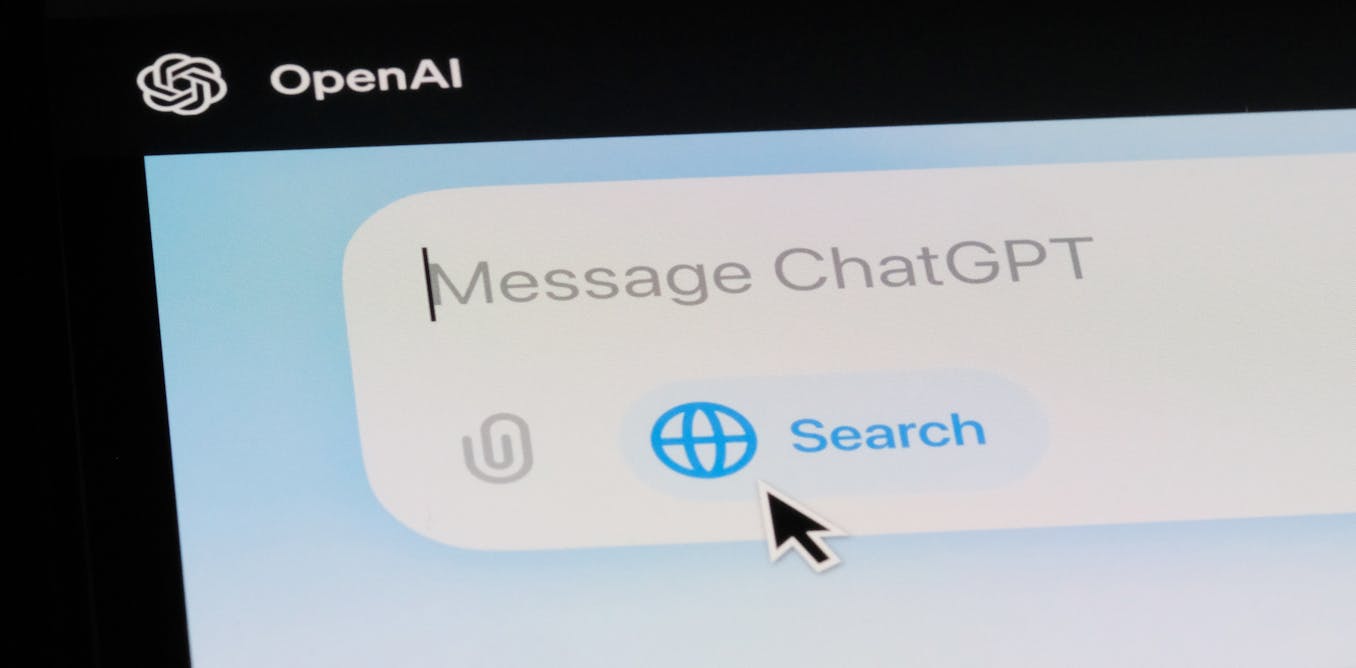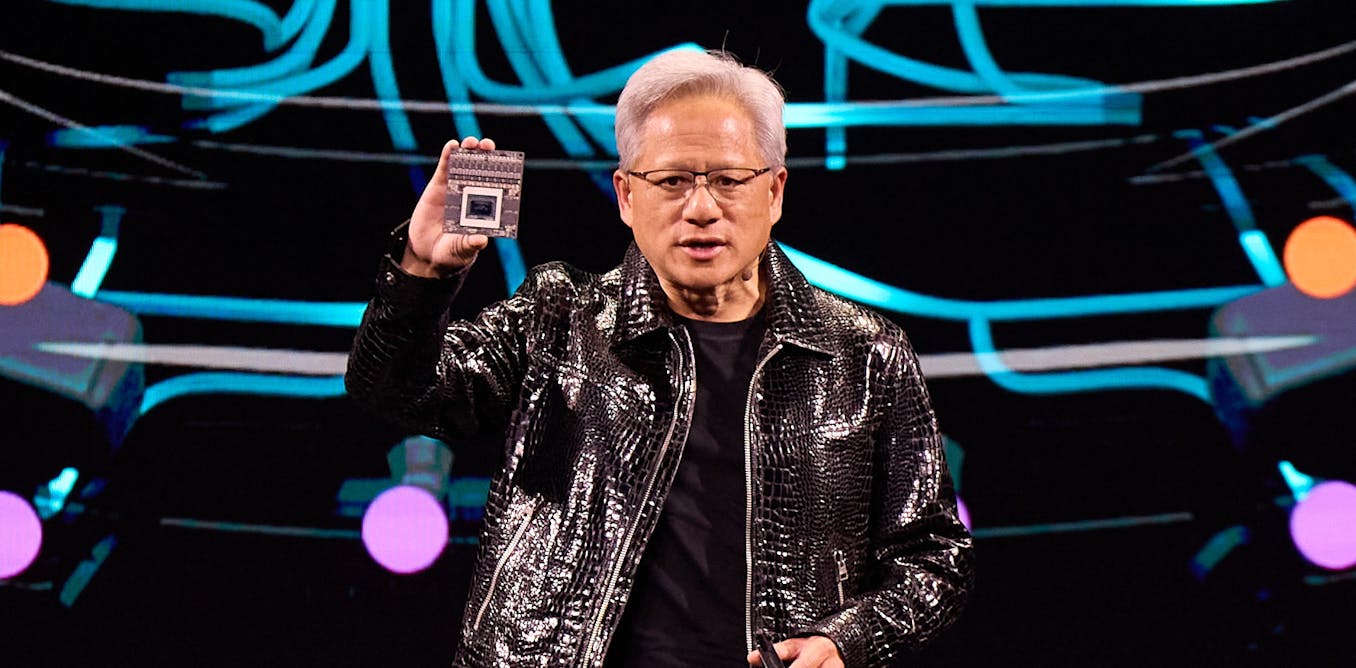March 2024 has been a whirlwind of advancements in the realms of AI, quantum computing, and robotics, leaving us all in awe of the rapid pace of technological progress. From the awakening of AI with the self-awareness of Anthropic AI’s Claude 3 to the groundbreaking discoveries in quantum computing with the ‘Spinaron’ effect, this month has been nothing short of revolutionary.
Neuralink’s first human patient, Noland Arbaugh, has showcased the incredible capabilities of the brain-computer interface, operating his computer with thoughts alone. These advancements are not just pushing boundaries but breaking them entirely, paving the way for a future where humans and machines work seamlessly together.
In the field of robotics, innovations like ANYmal and Emo are bridging the gap between human and machine, offering new levels of adaptability and empathy. As investments in humanoid robots soar, the technological landscape is undergoing a seismic shift, with significant implications for the future of work and collaboration.
With each passing month, technology is evolving at an unprecedented rate, propelling us towards a future that was once only a distant dream. As we bid farewell to March and the first quarter of 2024, we can only imagine what the rest of the year holds in store. Stay tuned for more updates on AI Eye as we continue to unravel the mysteries of the ever-evolving world of technology.
Watch the video by AI Eye
Video Transcript
In this month’s round-up we take a close look at: The awakening of AI – is Anthropic AI’s Claude 3 self-aware? How the discovery of the ‘Spinaron’ effect has big implications for quantum computing. Plus, we’ll check-in with Neuralink’s first human patient, who can now operate his computer with thoughts alone.
All that and everyone’s favourite, Techie Titbits, and much, much more coming right up, so stay tuned. This is Cyberus Grumbleton, and you are watching AI Eye. A very warm welcome, one and all. From AI systems breaking everything from new creative barriers to, perhaps, critical pieces of physical civilian infrastructure,
Quantum leaps that could redefine computing, the success of the first brain-computer interface, and Nvidia announcing its new Blackwell AI chip, even if you thought March 2024 had been a bit quiet (which it hadn’t), it certainly ended with a bang.
There’s a lot on the agenda this month, so let’s get cracking! First, let’s home-in on the top AI news from March. Despite unveiling its jaw-dropping SORA development in February, Sam Altman’s further teasing of its capabilities in March saw OpenAI steal most of the limelight.
Isn’t it spooky how sweet Sam somehow always manages to keep OpenAI one step ahead of the game? Might he be beta-testing the much-rumoured AGI OpenAI are thought to have already developed?
We may never know for sure but, just as with the Baltimore bridge, the very fact that the question arises at all is a sign of the times – these are not wild conspiracy theories. They are serious, realistic possibilities.
And the story gets darker with Anthropic AI’s Claude 3, displaying signs of self-awareness, something which has ignited a fierce debate amongst experts. While some hail this as a step towards truly intelligent machines, others caution against the unforeseeable consequences of an AI that can perceive its own existence.
Claude 3’s self-portrait did little to assuage broader fears around developing powerful AI systems. Perhaps not surprisingly, the public’s trust in AI has also seen fluctuations, with recent polls showing a sharp decline, down to 53% from 61% in 2019. Many respondents want scientists, not just big tech, to inform them on AI safety.
Maybe there is a feint glimmer of hope after all… Ah, quantum computing, bless its soulless little heart. Like a chimera of nuclear fusion and graphene, its endless promise to disrupt the world always seem just tantalisingly out-of-reach.
But, as we predicted in January, as part of our 2024 preview, whilst quantum computing may not deliver too much this year, things are very much on course to come alive in ‘25, and the steps towards this becoming reality are clear to see.
So, at the ironic risk of adding to the seemingly endless sea of hyperbole on the topic, March 2024 was nothing short of revolutionary, showcasing advancements that are seriously moving the boundaries of possibility.
At the core of this quantum leap is a new algorithm capable of unravelling the mysteries of material science and chemistry. The algorithm, called CVQE and developed by the US Naval Research Lab, aims to accelerate the development of new materials and chemical compounds.
Perhaps even more intriguing is the demonstration of a new quantum effect known as the ‘spinaron.’ The spinaron was recently discovered and experimentally demonstrated by researchers at the University of Würzburg and the Jülich Research Centre in Germany.
Described metaphorically as a ‘rugby ball in a ball pit,’ this discovery adds a new layer to the understanding of quantum physics, potentially paving the way for advances in quantum communication and encryption.
Researchers believe the spinaron effect could have important implications for understanding the physics of magnetic moments on metal surfaces, and potentially lead to new applications in “spintronics” – the use of electron spin in electronic devices – representing a significant breakthrough in fundamental quantum physics research.
Beyond even that, researchers have made a major milestone in a new quantum computing architecture by demonstrating the ability to control waves in magnets using superconductors for the first time. Elsewhere, multiple research breakthroughs have been made in improving quantum error correction, bringing self-correcting quantum computers closer to reality.
The pace of change, even in this perhaps more esoteric arena, continues to gather pace. Moving from the quantum realm to the tangible world around us, March 2024 has also been a pivotal month for robotics, showcasing innovations that bridge the gap between human and machine.
The highlight of this month is ANYmal, a quadrupedal robot that’s taken ‘going back to school’ quite literally. Through advanced machine learning techniques, ANYmal has acquired new skills, demonstrating an impressive ability to adapt and learn.
This robot’s development signifies a leap towards machines that can operate in complex environments, assisting in search and rescue missions or industrial inspections, places where human safety is a concern. Equally captivating is the development of Emo, a robot from Columbia Engineering’s Creative Machines Lab.
Emo doesn’t just mimic human facial expressions; it predicts them, creating a new level of empathy and understanding between humans and machines. Next there’s the strategic investment by Accenture in Sanctuary AI, focusing on developing AI-powered humanoid robots. These general-purpose robots are designed to perform a variety of tasks alongside humans,
Challenging our preconceived notions of work and collaboration. However, above the forest of advancements in robotics, a broader story unfolds – one that speaks to a seismic shift in our technological landscape.
The sheer magnitude of investment by serious players in the industry, from tech giants to pioneering start-ups, is not just noteworthy; it’s transformative, and signals a sprint to develop humanoid robots, with over a dozen major tech companies at the forefront.
With all the focus and investment which is pouring into this field, expect the Holy Grail to be achieved very soon – an android which can clean the cat’s litter tray without prompting. The first to reach this bold summit may, indeed, conquer the world.
But the message from investors is clear – they expect to build and operate vast cohorts of robotic workers, and that inevitably means that’s where they think the profits will be in the very near future. Coming up on AI Eye: Did AI help to bring down the Francis Scott Key Bridge?
But first, it’s time for Techie Titbits, where we skip through some of the smaller, but still significant stories which may have escaped your attention. First up, Hatch Exhibits debuted its new Massivit 5000 3D printer, enabling the company to automate production of large-scale custom parts and designs.
Based on Massivit’s proven Gel Dispensing Printing technology, the printer enables manufacturers and service providers to rapidly produce full-scale end-use parts, tooling applications, and functional prototypes. Although rarely mentioned as a hot, exciting topic these days, 3D printing continues to quietly carry on with its own revolution.
In politics, as a third of the world prepares to go to the polls, politicians are finally waking-up to the potential of AI to manipulate public opinion. Better late than never; the topics of regulation and ethics across the spectrum are long overdue for serious political and public debate.
But would their cries to regulate AI would be quite so strident if they had sole control of the technology? Leaving the sleazy, narcissistic world of politics far behind, and thankfully back to the sexy, seductive world of tech,
NVIDIA unveiled its next-generation Blackwell GPU architecture, which is a major advancement over the previous Hopper iteration. The first Blackwell chip is called the GB200, which combines two Blackwell GPUs and one Arm-based Grace CPU.
The Blackwell GB200 chip offers significant performance improvements over the previous generation, providing up to 20 petaflops of AI performance and can enable AI models with up to 10 trillion parameters, much larger than the 1.7 trillion parameter GPT-4 model.
Additionally, it reduces the cost and energy consumption by up to 25 times for certain AI workloads. The Blackwell architecture also includes a new “transformer engine”, specifically designed to accelerate transformer-based AI models like those used in ChatGPT.
Overall, the Blackwell architecture represents a major leap forward in NVIDIA’s AI computing capabilities, although it signals a strategic shift towards AI data centres for the company, which has historically been a stalwart of the personal computer space.
Reducing power consumption by up to 25 times, however, is significant for our next Titbit today: The Power Struggle.
This is not a battle between mighty tech companies for dominance in the field, but the literal struggle to source sufficient electricity to power all the data centres required to support the burgeoning demand for AI products and services.
The problem is already acute, with stories circulating that no individual state of the USA can support more than 100,000 of the chips required to power GPT4, for example.
Perhaps humanity’s real technical challenge is to produce sufficient electricity to power a quantum AGI smart enough to design and build a limitless source of clean energy in order to run all the other AIs and robots people want…
Moving on, despite the impressive 60 second SORA videos we’ve seen of late, the issue of consistent character generation in AI art has remained a stubborn issue. But recent updates have brought some long-anticipated progress with Midjourney and others adding tools to aid in this quest.
No doubt the sound of cheers from AI artists around the world will ring loud. Our final Titbits for this month are that security researchers have created an “AI worm” that can automatically spread between generative AI agents, raising concerns about potential cyberattacks.
Great work team, that sounds like just what the world needs right now. And, lastly, the astounding news that generative AI tools are challenging traditional copyright laws that date back hundreds of years. Didn’t you just know the lawyers would find one last way to cash-in before their appalling party ends?
On the other hand, the death-knell of the current world legal cartel and the democratisation of justice should be celebrated as truly positive AI outcomes. Coming up: what happened in Baltimore harbour?
But first we catch-up on Neuralink’s progress as the first human recipient of the ground-breaking brain-computer interface showcased his new abilities and discussed the experience. Noland Arbaugh became paralysed from the neck down following a diving accident nearly ten years ago.
On the 28th of January 2024 the Neuralink device was surgically implanted into his brain by a robot and now allows him to operate his computer, including play chess online, using just his thoughts. Noland said the procedure had been painless and that he had experienced no negative side effects.
This is a truly groundbreaking moment, not only in medicine, but in history, and we sincerely wish Mr. Arbaugh all the best as technology helps to improve his quality of life. The bigger question remains, however, which is, what happens when such technology gifts abilities beyond human?
And if you thought March had it all, it decided to end with a crash, as a large container ship collided with the Francis Scott Key Bridge in Baltimore harbour, severing major supply chains, and trapping a number of the US Navy’s finest vessels in port for an extended period.
So, whilst we don’t want to give you anything more to be frightened of, do spare a moment to consider the world in which you now live. A world where we don’t yet, and possibly may never know exactly what caused the ship to demolish the Baltimore bridge.
But one where the technology is such that the probability of this being a malicious act, carefully planned and executed with surgical precision, far outweighs the odds of it being an unfortunate accident. That, alone, is the significant moment in history.
So that’s the first quarter of 2024 done and dusted, and it’s been quite a ride.
But things only get faster from here, so take a breath, and prepare for all the fun of April, as AI Eye will, as always, be first with the monthly summary of all the top stories and the hottest breaking news which you need to know.
But until next time, thank you for joining us, and don’t forget to like and subscribe – so you never miss out on how technology is slicing its way through human life and culture like a hot knife through butter. Please share and comment too. The world needs to know what you think.
This is Cyberus Grumbleton, reporting exclusively for AI Eye.
Video “March 2024 AI, Quantum Computing and Robotics Round-up” was uploaded on 04/01/2024 to Youtube Channel AI Eye

























